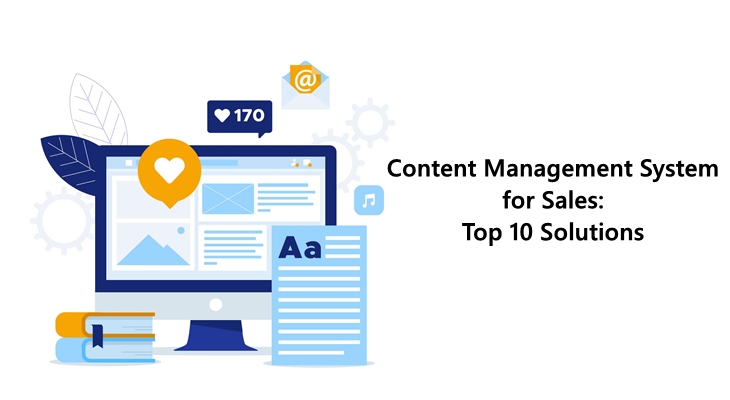In your continuous efforts to raise your business, you will need to modify the business processes, to always upgrade your products, mechanize your business with technology, and keep your employees and customers satisfied.
Content Management System is a crucial reflection on the acceptance and implementation of the business.
The good news is that there are wide-ranging practices for content management system during any enterprise technology implementation, and if it gets completed on the track, these practices can take the sting out of any application.
The emergence of content management solutions is far easier to implement and more accessible to integrate than previous solutions.
Technology in business nowadays go twisted because they are done in segregation without buy-in from end-users, and they try to sort it out in a short amount of time.
Here are some tips on how to implement an effective enterprise content management system:
Strategize your implementations with a content management system:
While putting your plan in place, we all take a step back and make sure the planning process will go fine.
This helps you map out your workflows and manage the content management process correctly with the technical interface. A suitably planned system minimizes the risk of disruption in the business.
Communicate areas and potentials:
When you have all your investors on the same page, it makes for a smooth application.
Make sure everyone is arranged for some level of interruption so you’re able to stay focused on the outcome for which you have implemented many things.
Define common goals and expectations:
Instead of thinking of a content management system as purely a document storage solution, consider it as a way to manage documents throughout their workflow cycle – from its designing to discarding.
This way, you’ll more willingly be able to recognize business processes that can be supported by your content management system, and therefore be in the consecutively to find the right solution.
Review Online sources to assess solutions in content management system:
Many credible online data sources will help you to evaluate vendors in different ways. Online research will help you validate findings from industry peers, and a list of questions you have asked for their content management system.
Take a single step at a time:
Instead of trying to implement your content management system at once, start with one method in an exact area. Focus on achieving that process, and keep executing functionality one at a time.
Request a demonstration:
Seeing is believing - which is why demonstrators are an authoritative part of the selection process. Readiness in this phase will help you to get a demo that is custom-made to your environment and needs.
This will help to make sure that your content management is covering all the possible necessities across the business.
Implement Proactive training:
Learning new systems and try to use unique content management tools for the first time creates many issues. To avoid this, develop a strategy for user acceptance and provide excellent training in advance.
Conclusion -
Once you roll out for your first enterprise content management system implementation, that’s where the fun starts. Content Management projects recurrently accept new guidelines as more of the businesses begins to use the system.
Good developments can catch on like wildfire, and it is not uncommon for process owners, who were not part of the content management implementation to quickly see the benefits and seek to extend content management functionality into their processes.
Further, You may also like to read about:





